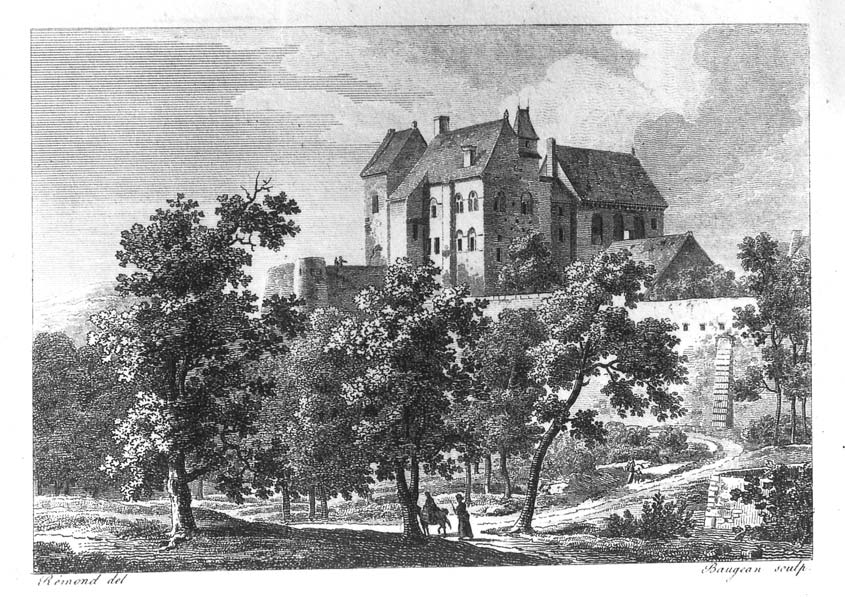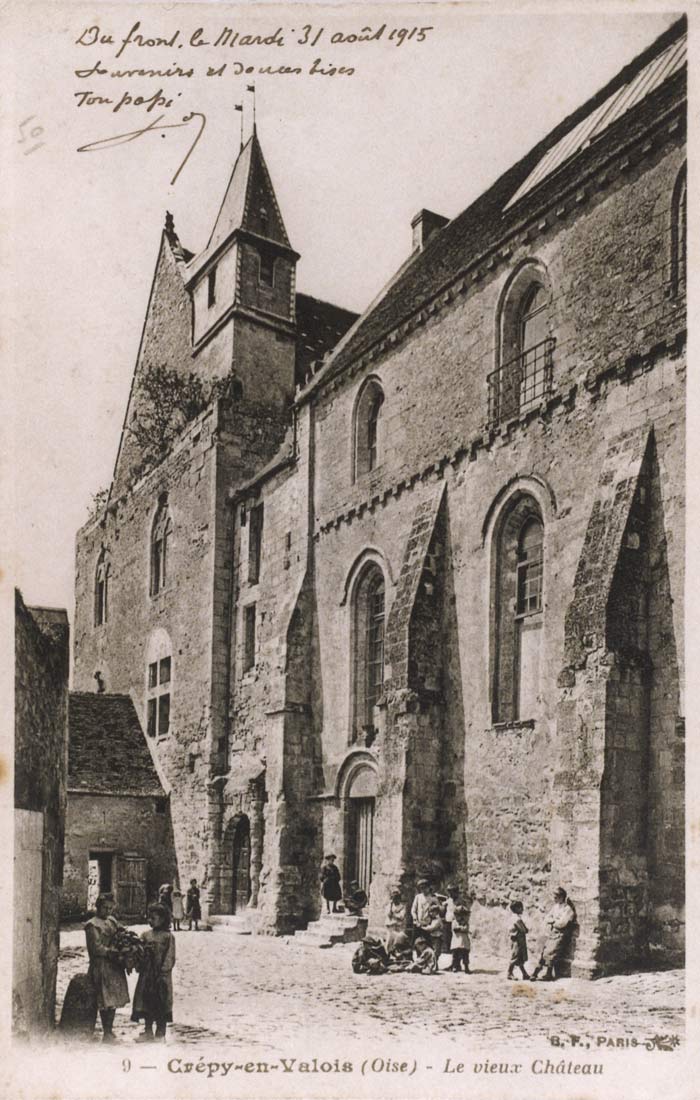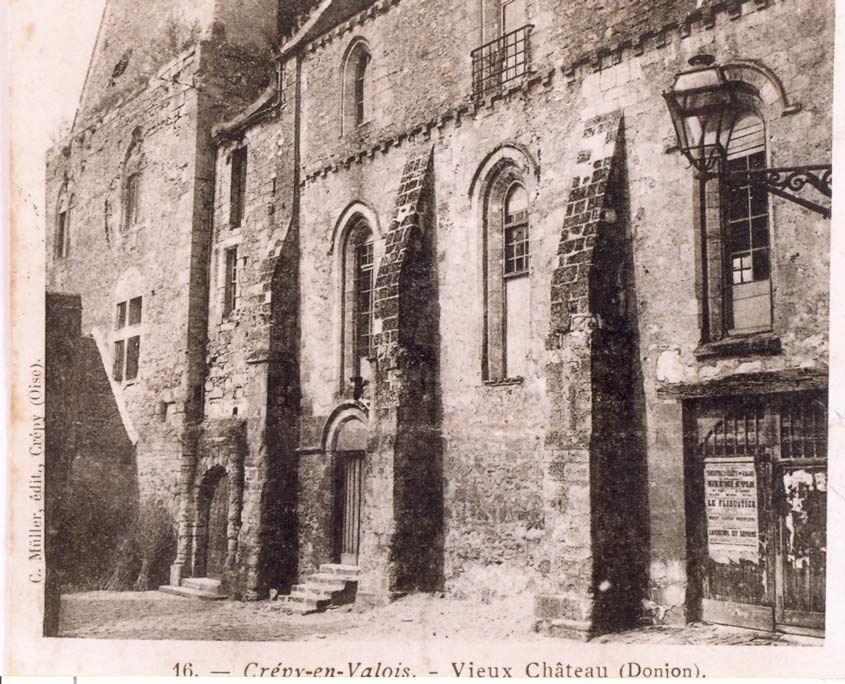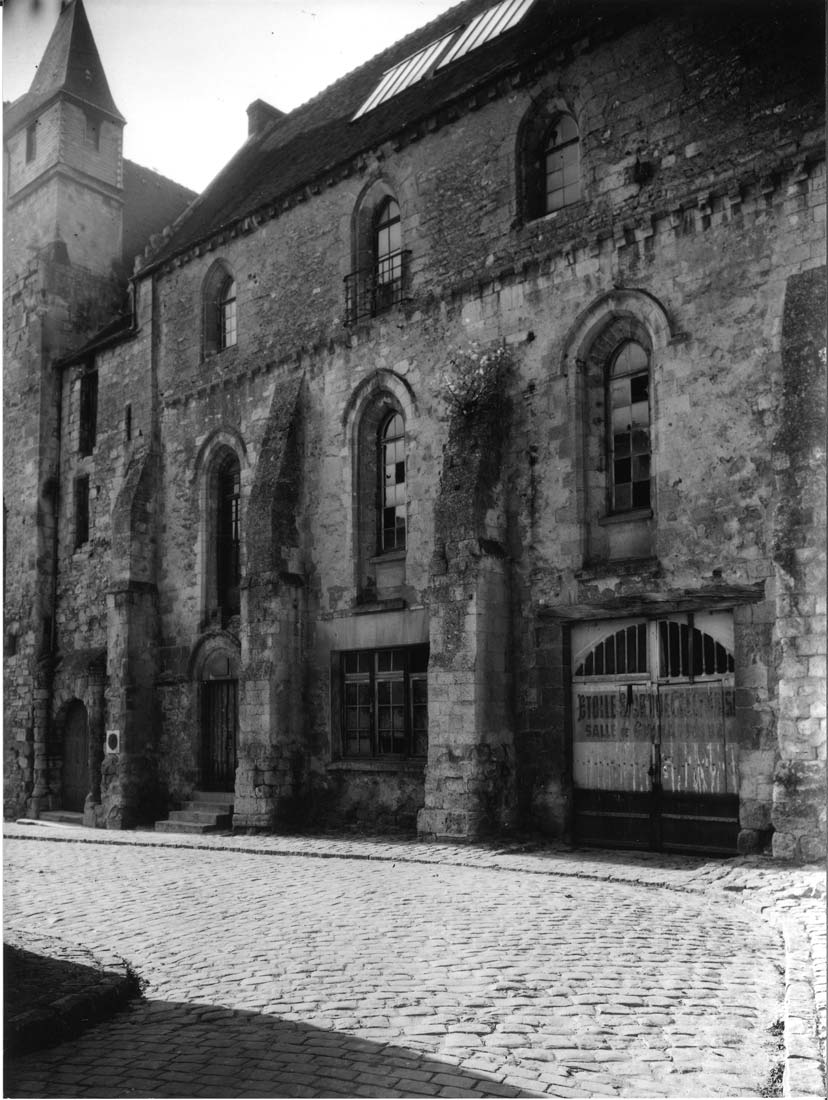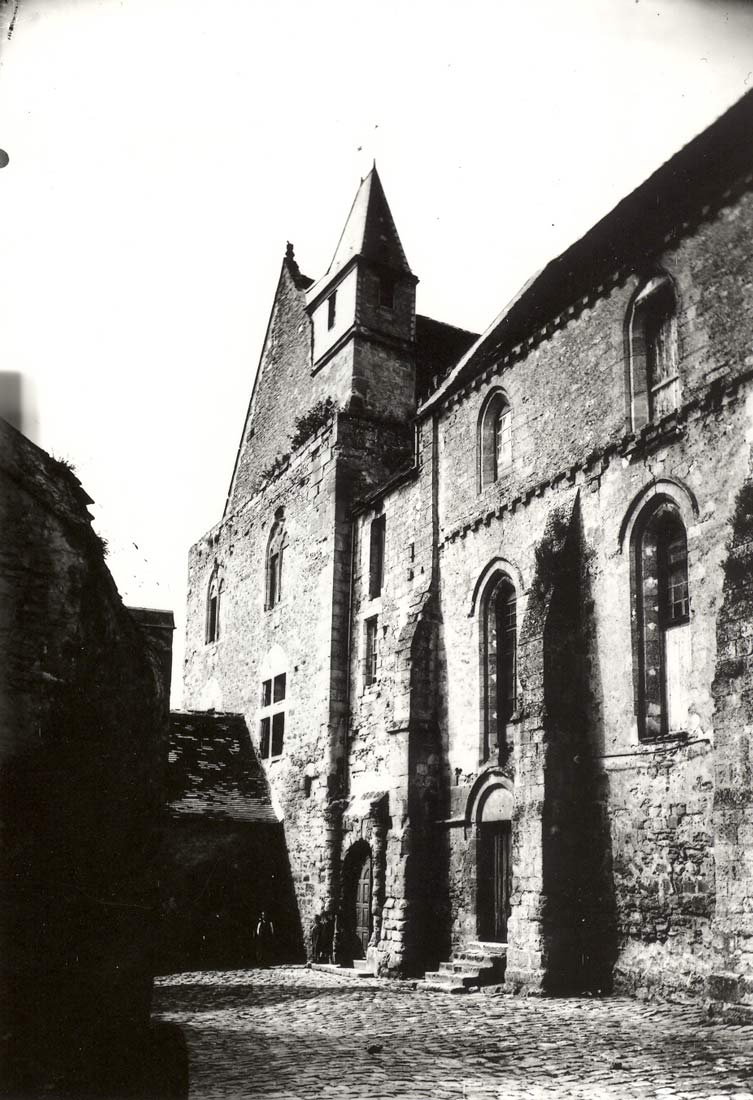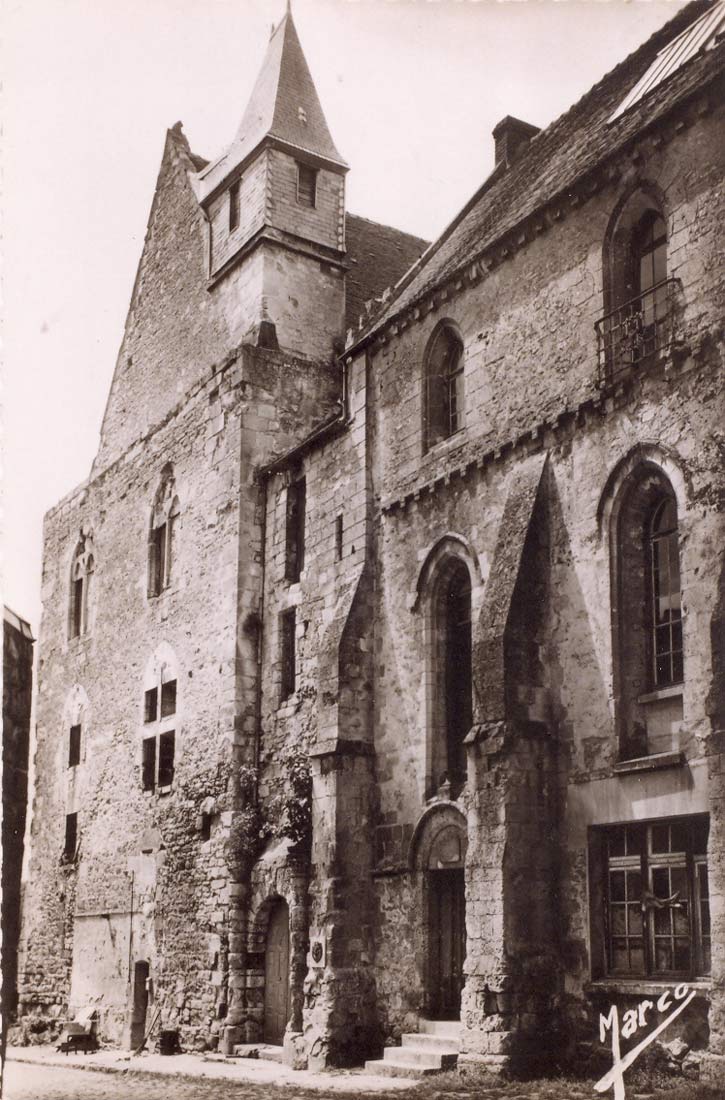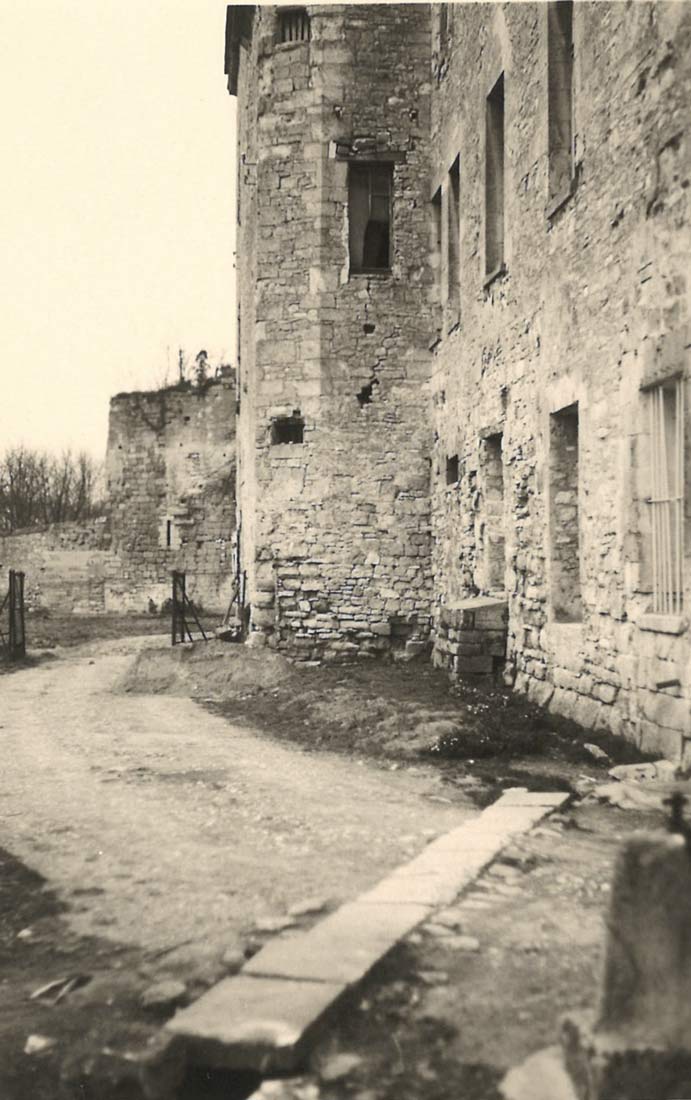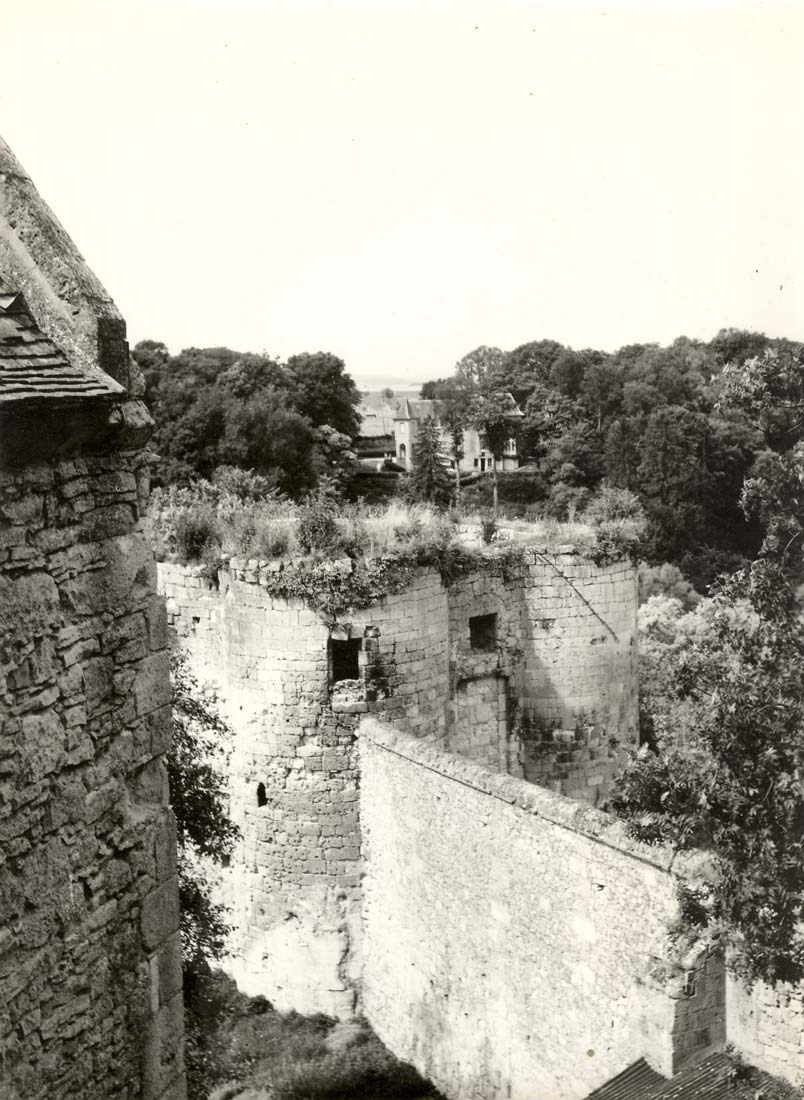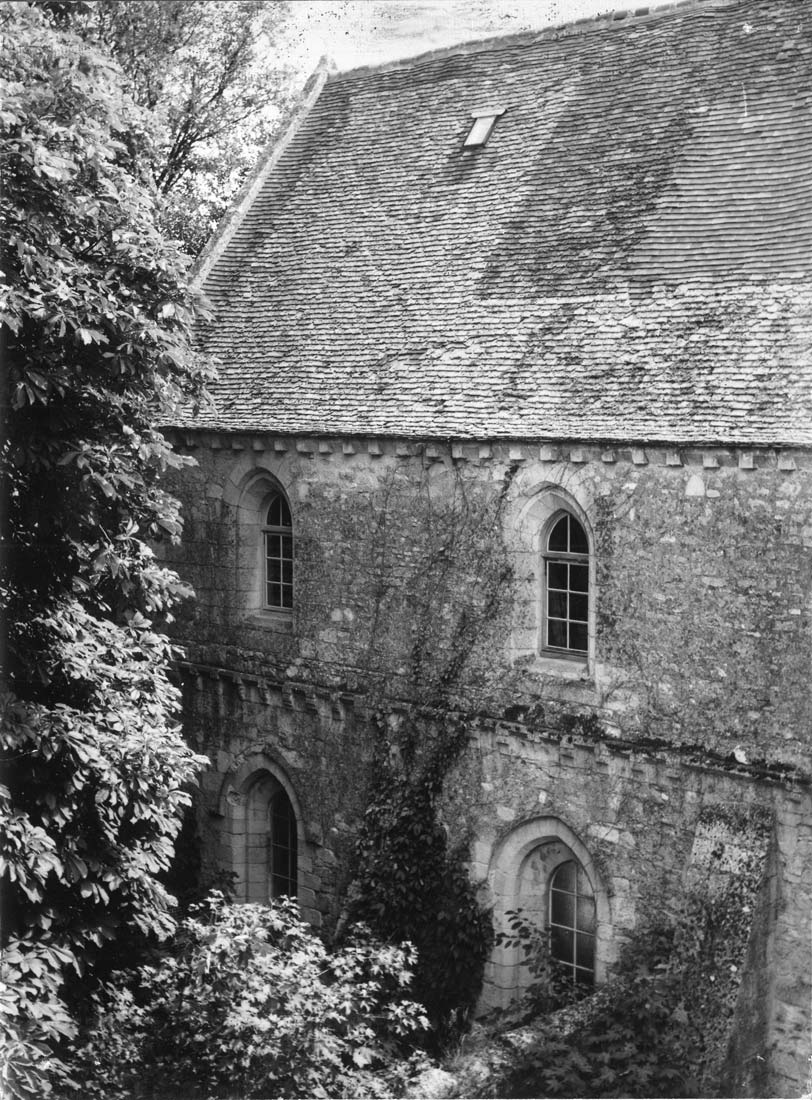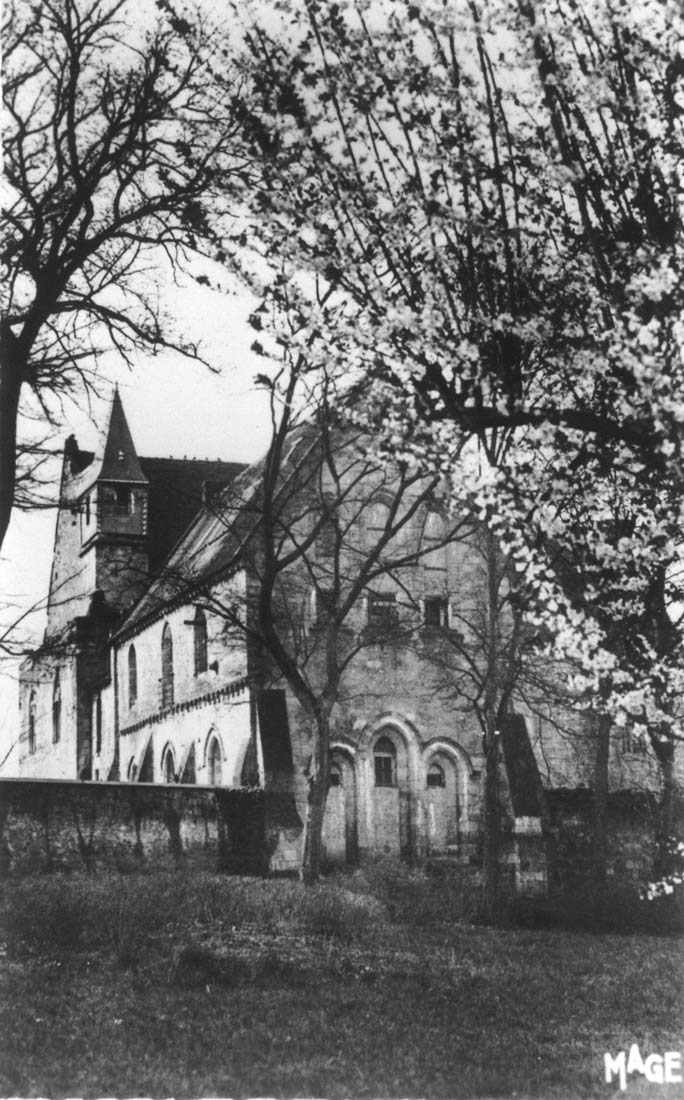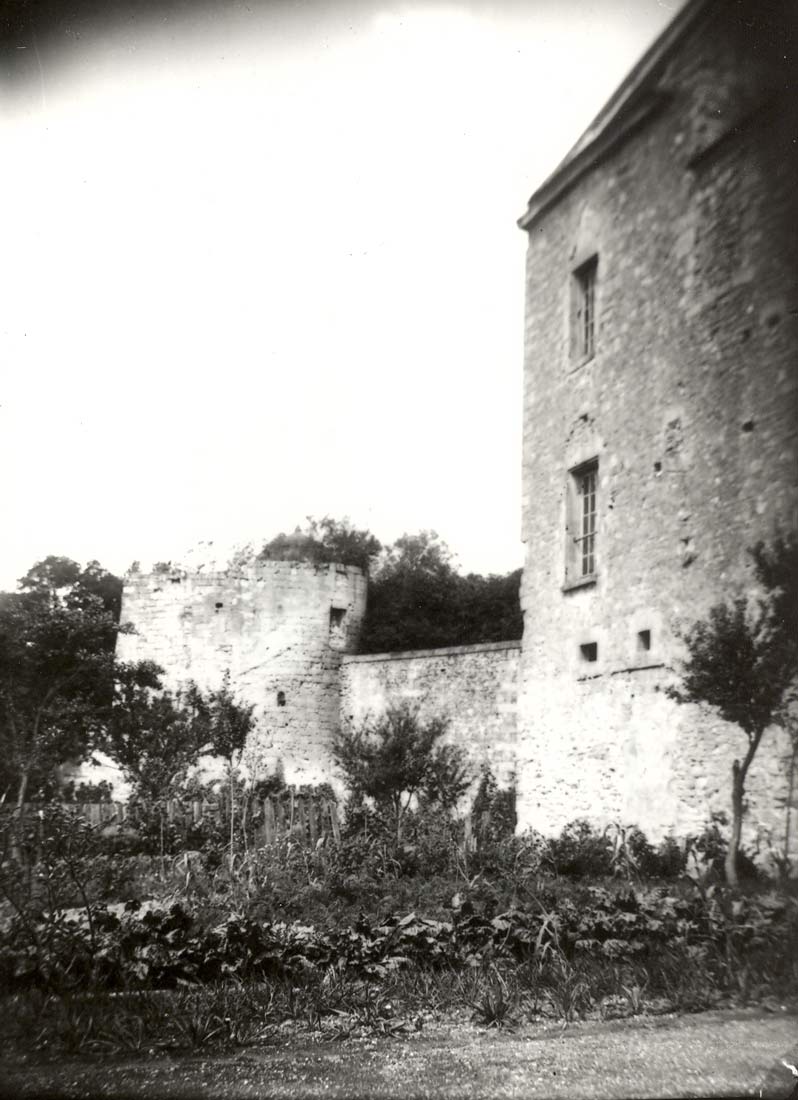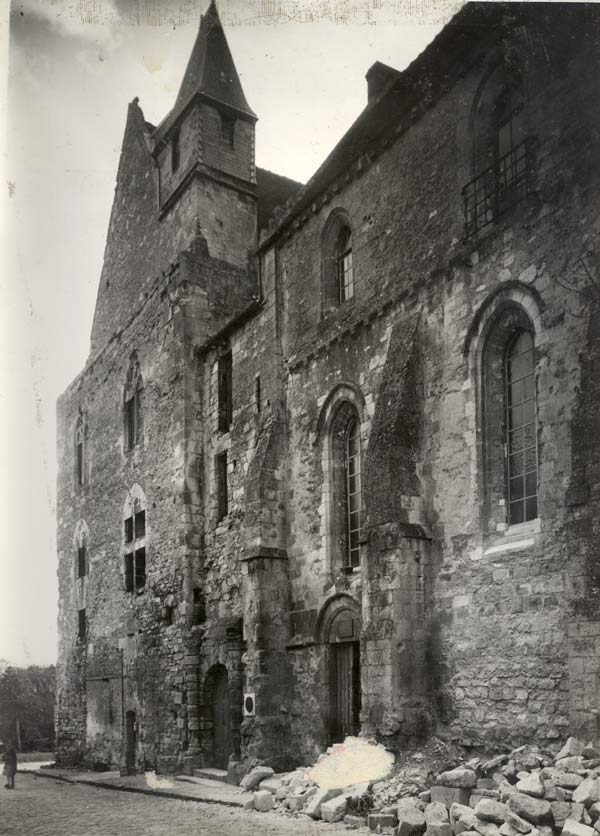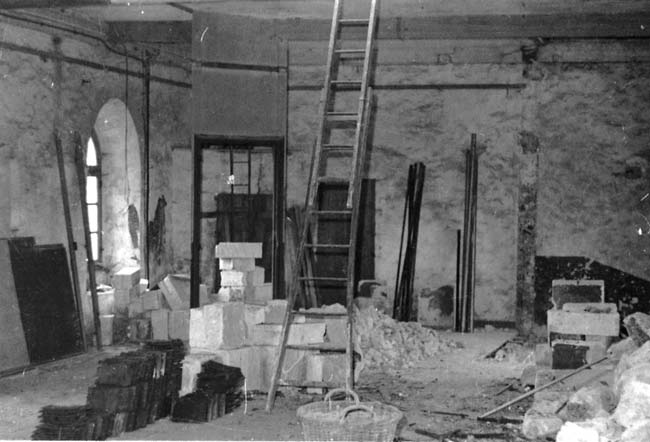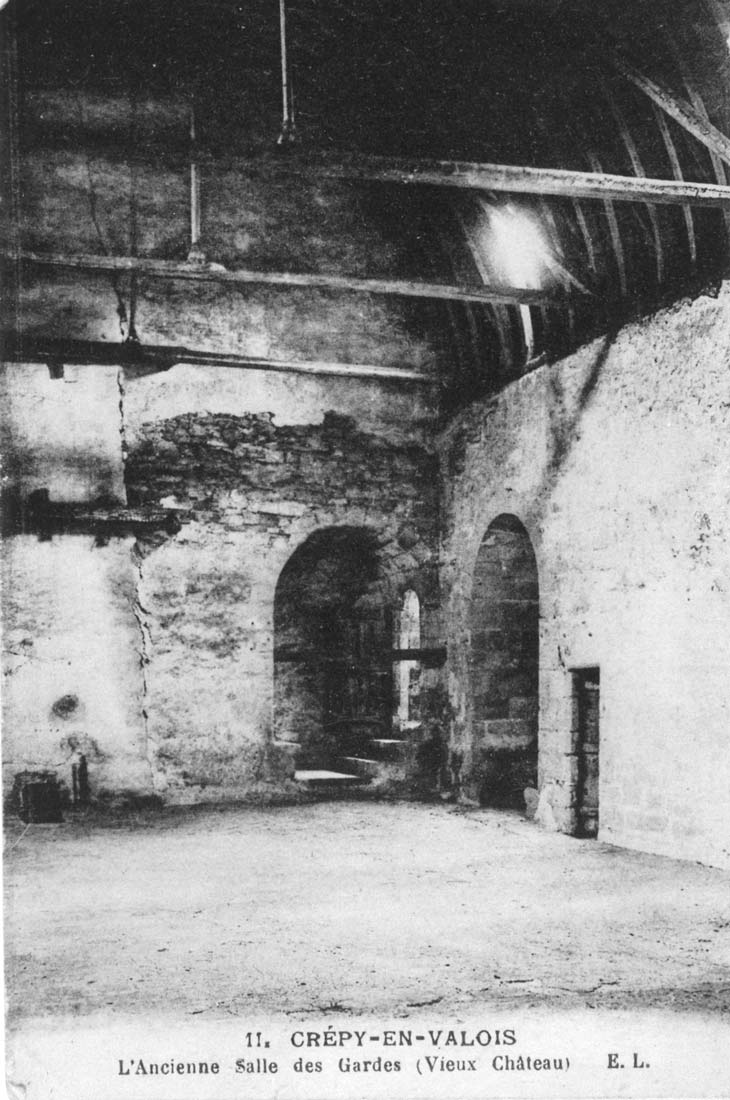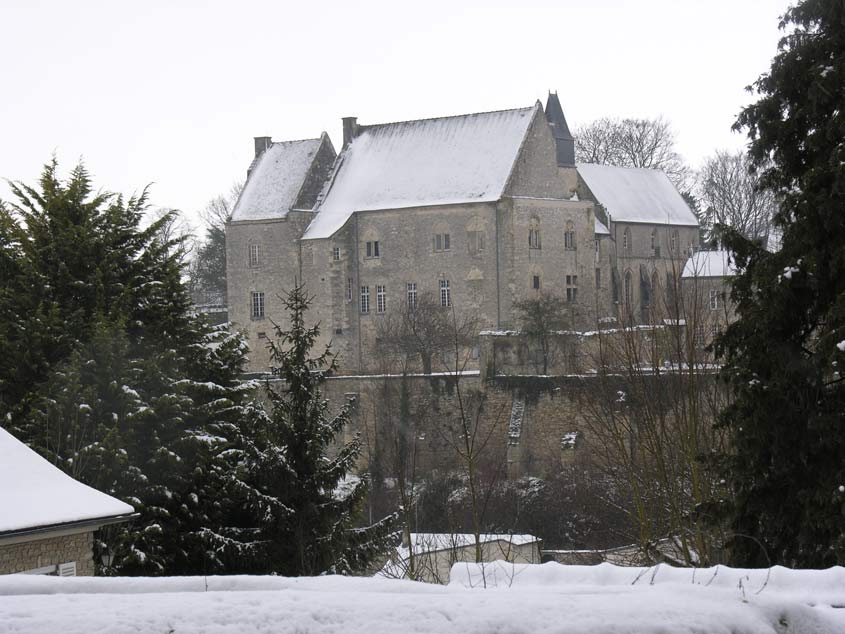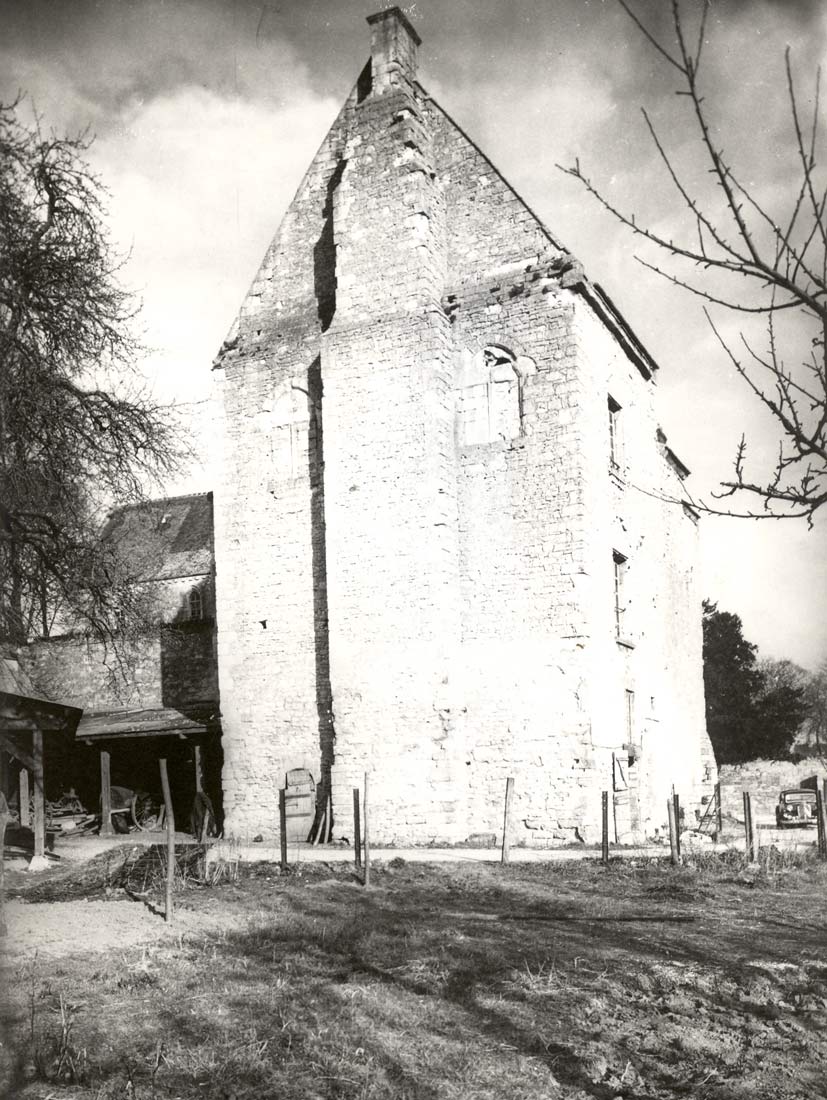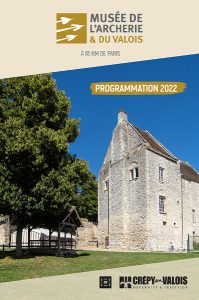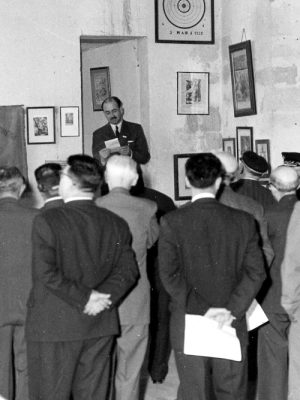An outstanding architecture
The first “castrum”
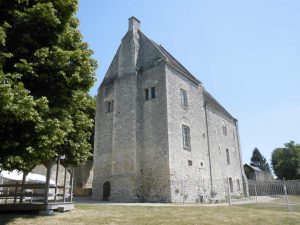
The first mention of the existence of a castle in Crépy-en-Valois is in a text mentioning the construction of a chapel for the arrival of the relics of Saint Arnould around 943-949. Yet the latter would have been erected at the corner of the castle of Raoul II of Vexin, which confirms that the castle is anterior to these dates.
The castle was situated on the rocky outcrop west of the current castle. It is very probable that this construction was similar to those of the time, that is to say a wooden tower, the lord’s residency and last defensive bastion for the population in the case of an attack, circled by a compound, also wooden, in which could be located a castle chapel and/or a monastery.
Around 1030, Raoul III apparently separated the initial castle in Crépy in two. He gave his eldest son, Raoul IV, the title, part of the land, the central section of the castle and its dependencies, as well as half of its “woods”. Thibault, the second son, received the dungeon, the other part of the “woods”, and the rest of the land. He then became the Count of Crépy, lord of Nanteuil.
From the initial castle core, only the “Valois towers” remain. Dated from the 13th century, they are thus slightly posterior to the castle. It is the double-tower entrance châtelet which serve as protection for the initial mound.
The Saint Aubin chapel and the “dungeon” or “auditoire”
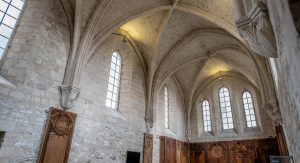
A chapel dedicated to Saint Aubin is erected between 1170 and 1180 by Thibault II or Thibault III. Philip 1st, son of Thibaut III, ordered the building of the castle himself , later called “dungeon” or “auditoire”, as well as a second chapel dedicated to the Virgin just above the first one for his personal use. These two simultaneous constructions would have taken place between 1214 and 1227.
We know that the domain (castle, woods and all the county possessions) first entered the possessions of the Passy family through marriage in 1268, then in those of the de Châtillon family towards the year 1300.
In 1415, Robert de Châtillon, who then owned the castle, died during the Battle of Agincourt. In the succession inventory of his son and heir Robert II, we learn that the buildings have been damaged because of violence in the region. The fief of the dungeon is still separate from the rest of the castle. In 1470, a heavily indebted Robert II de Châtillon sold the Crépy dungeon to Marie de Clèves, Duchess of Orléans, widow of Charles d’Orléans. This purchase marks the entry of the fief in the royal domain.
In 1623, Louis 13th gave the “castle of Crépy” to an Ursuline convent: more precisely, he only gave away “the castle accommodations”, then separate from the castle mound and the auditoire or dungeon.
In 1689, the Ursulines also annexed the ancient core of the castle. The convent was removed during the Revolution and the buildings were sold or demolished. Only the entrance gate remains today.
The dungeon and the Saint Aubin chapel were thus separated from the two other lots that become, around 1560, the headquarters of administrative services of the Valois with a justice auditoire on the bottom floor. The first floor was transformed into a granary. In 1775, the auditoire was entirely redone and transferred to the first floor. On the bottom floor prison cells were set up. In 1828, the sale of national assets allowed the town of Crépy-en-Valois to buy back the castle. The prisons remained in place until 1850. From that moment on, the municipality used the castle to install a theater, an orchestra, a gymnastics room, a school and the town’s first movie theater.
In 1949, the Archery and Valois Museum moved in.
The Crepy castle, a historic monument
The castle’s facade has been registered on the inventory of Historic Monuments since March 4, 1926.
The protection as historic monument is not a label but a legislative framework of public interest based on scientific measures. The patrimonial interest of an asset is evaluated by an ensemble of historical, artistic, scientific and technical criteria. Notions of rarity, excellence and integrity are taken into consideration.
